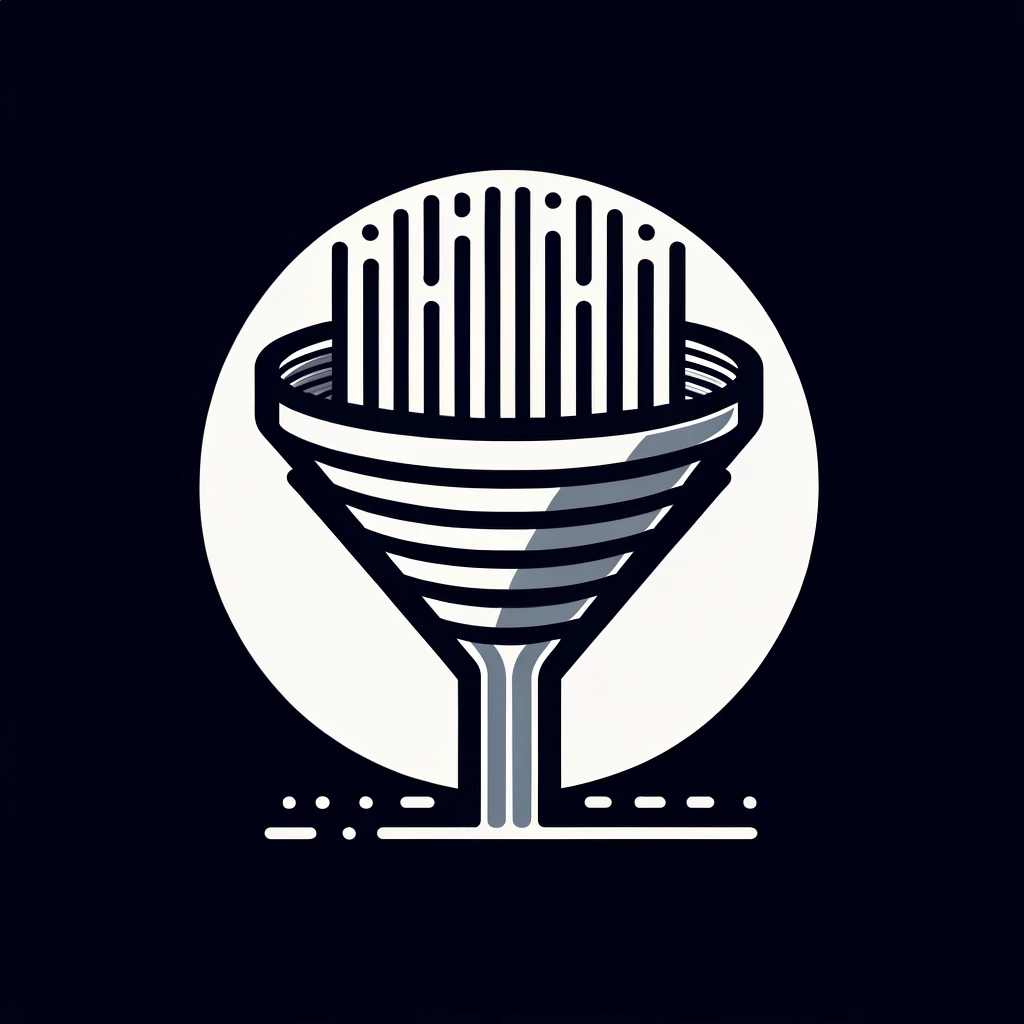The article addresses the fundamentals of implementing a design system in Flutter apps, emphasizing the limitations of default theming and the benefits of creating a dedicated, reusable package. It discusses organizing the design system into atomic, molecular, and cellular levels and the significance of theme extensions for colors, fonts, and dimensions.
Main Points
Define a design system
A design system includes reusable components, style guides, and standards for consistency.
Divide system into levels
The system is usually divided into atomic, molecular, and cellular levels for better organization.
Implement custom theming using design system
Custom theming can assist in overcoming the limitations of default Flutter theming.
Use dedicated packages and naming conventions
Dedicated packages and naming conventions can simplify the design system’s implementation across apps.
Utilize theme extensions for customization
Incorporate theme extensions for colors, fonts, and dimensions for a more efficient and customizable design approach.
Insights
Implementation strategy for design systems in Flutter apps
A design system is a collection of reusable components, style guides, and standards aimed at promoting consistency and efficiency in digital product design.
Why default Flutter theming might not suffice
Using default theming provided by the Flutter SDK quickly becomes limiting, potentially resulting in apps that resemble basic exercises by beginners.

 medium.com
medium.com